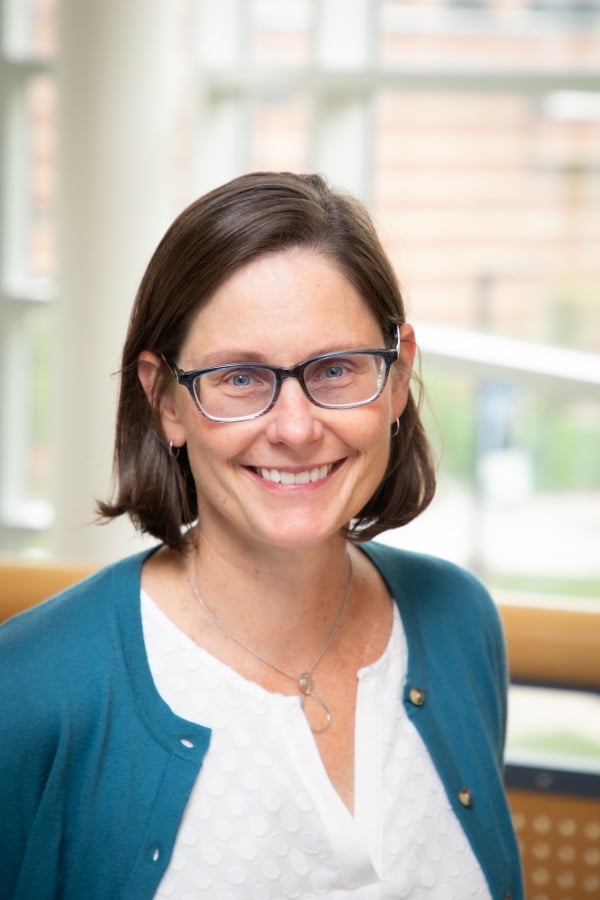
The future of higher education hinges on our ability to innovate sustainably. For too long, systemic inequities have hindered students from reaching their academic potential—particularly those students who are the first in their family to go to college, students who are balancing work and care responsibilities, and students who face financial challenges. Tackling these challenges requires more than incremental change. It demands collaboration at a scale that aligns institutional resources, technology and policy to create meaningful, lasting impact.
At Axim Collaborative and the University of Michigan, we’re advancing this vision through a new partnership between the university’s Center for Academic Innovation, UM-Dearborn and Axim. This collaboration represents an exciting directional shift in academic innovation: from institution-specific initiatives to ecosystem-level partnerships that deliver scalable solutions to persistent challenges.
Moving From Institutional Innovation to Ecosystem Collaboration
Over the past decade, academic innovation has gained momentum as several institutions have invested in academic innovation experiments, initiatives and models of support. Through this work, universities have developed and evolved programs, tools and strategies that improve student outcomes. Yet these successes and good failures often remain confined within institutional boundaries, limiting their reach and impact and slowing the pace of knowledge sharing and high-impact innovation.
We need to move beyond siloed approaches to address challenges such as low retention and graduation rates, especially among students navigating financial, academic and personal pressures. We need partnerships that integrate expertise, align priorities and deploy resources strategically. Our collaboration between UM–Ann Arbor, UM-Dearborn and Axim offers a compelling model.
A Case Study: The UM-Dearborn, UM–Ann Arbor and Axim Partnership
At its core, our partnership focuses on leveraging proven technologies—ECoach and Atlas—to improve academic momentum and student success. Developed at the Center for Academic Innovation, these tools have demonstrated success at UM–Ann Arbor. ECoach uses real-time data from student information and learning management systems to deliver tailored support that enhances engagement and performance. Atlas empowers students with detailed course data and planning tools to make informed academic decisions. Used together, these tools create a strong foundation for scalable and sustainable student success.
Our goal is to adapt and scale these tools with UM-Dearborn, serving many first generation, Pell-eligible and working adult learners who balance their studies with jobs and family responsibilities in Metro Detroit. This requires not only technical adaptations, such as integrating with new student information systems, but also addressing institutional financial constraints and creating a framework for scalability. It requires that our teams work in tandem to share knowledge and practices with each other and to build new capabilities with these technologies. In subsequent phases, the project will expand beyond UM-Dearborn. We will bring together leaders from two- and four-year public institutions across Michigan to share insights, evaluate outcomes and collaboratively adapt these tools to address the diverse needs of students statewide. Ultimately, we are working toward broader adoption that enables thousands more students to graduate and realize their educational aspirations and earnings potential.
Aligned with Michigan’s Sixty by 30 initiative, which seeks to raise the percentage of working-age adults with a postsecondary credential to 60 percent by 2030, our project focuses on encouraging students to achieve critical academic milestones, including a target for credits earned each year and completion of gateway courses. Research shows that earning 30 credits per year improves retention and graduation rates. Similarly, leaver rates are decreased for students who complete foundational courses successfully. By providing students with personalized, data-driven tools, we aim to help them overcome systemic barriers and make informed decisions that lead to success.
Broader Ambitions for Higher Education
This collaboration offers insights for higher education leaders grappling with similar challenges.
- Align innovation with strategic priorities. Effective academic innovation aligns institutional goals with broader frameworks. Our work integrates the U-M Vision 2034 commitment to life-changing education with statewide priorities like Sixty by 30. Such alignment ensures sustainability and impact beyond individual institutions.
- Invest in scalable solutions. Sustainable innovation requires tools and practices that extend beyond their initial contexts while leveraging existing teams and infrastructure to better support students. By adapting ECoach and Atlas with UM-Dearborn, we’re building a model that can inform similar efforts at institutions across Michigan and the nation.
- Embrace ecosystem-level collaboration. Partnerships unlock resources, knowledge and perspectives that no single institution can achieve alone. By bringing together Axim Collaborative, UM–Ann Arbor and UM-Dearborn, we’ve created an innovation ecosystem capable of addressing systemic challenges with scalable solutions. Axim furthers this work through capacity building, catalytic funding and convenings with fellow collaborators and thought leaders.
A Call to Action
The challenges of student retention, graduation and economic mobility are pervasive across higher education. There are now 41.9 million students with some college but no credential or degree, up 3.9 percent according to the National Student Clearinghouse Research Center’s most recent 2024 report. That means that each year, over one million students stop out of their educational pathways, which saddles them with debt but no credentials for economic advancement.
Addressing these unsettling and deepening challenges requires institutes of higher education and their leaders to not only make a commitment to academic innovation but also to curate bold partnerships that demonstrate the potential to improve outcomes for our students. We urge higher education leaders to consider collaborations that extend beyond their institutional walls and leverage what exists while creating new opportunities that will matter for students today. By aligning efforts with local, state and national priorities to expand and sustain innovations that work, leaders can tackle problems at an even larger scale. Further, by sharing practices, technologies and talent across our partner communities, we can learn more from each other.
Together we have the power to open doors to educational success and economic mobility, reduce the number of students who stop out, inspire millions of students to believe in a better future for themselves and transform higher education for future generations.
This partnership is just one example, but it signals a broader opportunity to reimagine how institutions work together. We invite you to join us in exploring what’s possible when we align our efforts to create a more equitable and impactful higher education system.


